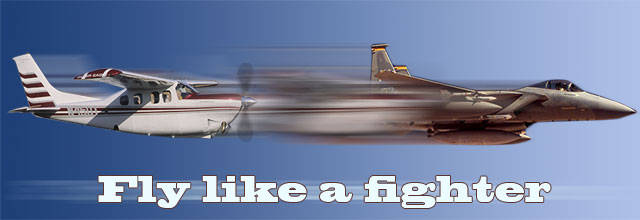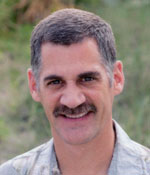
On a clear but very cold morning in Oklahoma my student and I decided to leave the canopies of the T-38 open after engine start. We had “dressed for egress” and were wearing enough cold-weather clothing to keep us warm, especially with little to no wind blowing. Taxi and end-of-runway checks were uneventful, and we had briefed and were cleared for a rolling takeoff. Before taking the active runway we lowered and locked our canopies. The student advanced the power to mid-range as we worked our way onto the runway, and then advanced the throttles to full afterburner once we were nearly on the runway centerline stripe. 
With the very cold outside air, and with the rolling start, we were already accelerating through about 60 knots when the afterburners kicked in. With the spool-up of the engines, the pressurization and heating system also kicked in, filling the cockpits with warm, moist air. And just like a good high school chemistry experiment, in the blink of an eye, everything in the cockpit fogged up. My canopy. My windscreen in front of me. My visor. My flight instruments.
I quickly lifted my visor and could barely see that my airspeed indicator now read about 80 knots and I could just make out the artificial horizon. I could see nothing outside through my fogged-over canopy. Flying IFR, while actually airborne, is something we train for. Driving a high-speed jet-powered tricycle on a narrow runway while IFR is not.
My first thought was, “Do something!” My next thought was to take the controls and abort the takeoff. Then I had a quick internal debate about the perils of a high-speed abort into the grass versus a high-speed takeoff that might also include some off-roading—all while flying blind. Then I remembered all the crew resource management (CRM) training I had been through, realized we were a crew of two, and asked my student a simple question: “Can you see?” He responded, “Barely,” which was great news for us. This all happened in a matter of a few seconds. I let him continue the takeoff and once he got us airborne with the gear retracted, I took the controls so he could adjust the heating to full hot to speed up the defog process.
In the debrief my student explained that he had about a five inch diameter spot in the lower part of the front windscreen that he could just see through, and he could only see one runway centerline stripe at a time. That was too much excitement for a calm wind day with gorgeous blue skies that we launched into.
Needless to say, I always preheated the canopies after that day. That not only meant closing our lids after engine start on a cool day, but also included running the defog at altitude before descending into potentially moist and definitely warmer air. We are well into the winter flying season now so dress appropriately, and make sure your aircraft heating and defog systems are working properly. Take it from me—IFR on the ground is no fun.
Larry Brown of Colorado Springs, Colo., is a retired Air Force F-15 pilot who is using the lessons he learned as a fighter pilot as a GA pilot in his Cessna P210. Brown, who has 2,700 hours total time during his 33 years of flying, also was an instructor pilot and flight examiner in the Air Force T-38 and instructor pilot in the T-52, the military’s version of GA’s Diamond DA40. See previous installments of “Fly like a fighter.”



